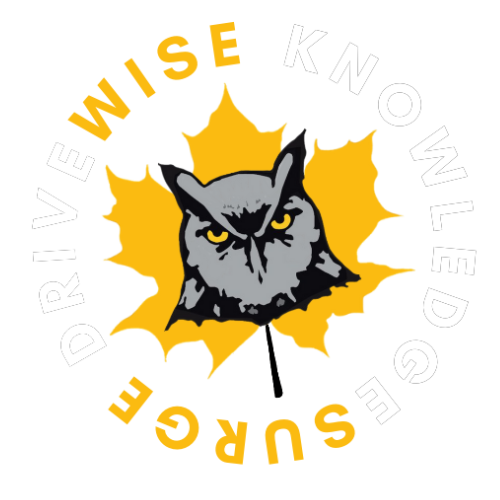This year, Canada Safety Council’s National Safe Driving Week (December 1-7) focuses on impaired driving, which is all-too-common over the holidays. Driving under the influence of drugs or alcohol is among the top causes of fatal road collisions, as well as the most preventable.
Impaired Driving In Canada
Impaired driving is defined as operating a vehicle while your ability to do so has been compromised to any degree by consuming alcohol, drugs or a combination of the two.
Drinking And Driving Laws
Throughout Canada, the maximum legal blood alcohol concentration (BAC) for fully licensed drivers is under 80 milligrams of alcohol in 100 millilitres of blood, or 0.08. Drivers under the age of 21 and novice drivers of any age (G1, G2, M1, or M2 licenses) must have a BAC of 0.
Driving with a BAC of 0.08 or over is a criminal offence. If police determine that you are driving while impaired you will face immediate penalties. You will also face additional and more severe consequences later if you are convicted in court.
How Do I Know If I’m Over The Limit?
The rate at which your body absorbs alcohol depends on a number of factors, including your age, sex and weight. One person may be okay to drive after one or two drinks, while another is over the limit after only one.
Your BAC is also affected by factors that change daily, such as stress levels or how much you’ve eaten. The reality is there’s no “safe” amount of alcohol you can consume and drive. If you’re determined to drive home after the work Christmas party, stick to non-alcoholic eggnog.
Cannabis Use And Driving
Using cannabis increases your risk of being involved in a motor vehicle collision. Impairment begins almost immediately and can last 6 hours or more.
Penalties For Cannabis-Impairment
Young and novice drivers are prohibited from having any cannabis in their system. If police determine that you are impaired by cannabis or other drugs, you will face immediate and post-conviction penalties, even if you have been authorized to use cannabis or another drug by a healthcare professional.
How Do Police Test For Cannabis-Impairment?
While there is no breathalyzer for marijuana, there are plenty of others ways for police to detect cannabis impairment, including:
- Standardized Field Sobriety Test
- Oral fluid (saliva) screening test, blood and urine samples
- Drug Recognition Evaluation (DRE)
If a driver fails any of these tests, they can be immediately suspended from driving and face impaired driving charges.
Other Top Causes Of Road Collisions
Along with impaired driving, distracted driving and winter road conditions cause the majority of collisions on Canada’s roads and highways.
Distracted Driving
In Ontario, fatal road collisions caused by distracted driving have doubled since 2000. Even a minor fender bender can ruin your afternoon, damage your vehicle and double your car insurance rate.
While you are driving, even if you are stopped in traffic or at a red light, it is illegal to:
- use your phone or any other hand-held device
- view display screens unrelated to driving (e.g. watching videos)
- program a GPS device, except by voice commands
Endangering the lives of others because of any kind of distraction—such as eating, drinking, grooming, smoking, reading or reaching for objects—could result in a careless or dangerous driving charge. Learn more about distracted driving in Ontario.
Winter Driving
Winter driving is undeniably more dangerous than summer driving. Black ice, slush and snow can obscure road lines and pavement markings and turn the road into a slippery mess. (Shorter days also means you’re often driving in the dark.)
To avoid a road safety incident in winter, follow these winter driving tips:
- Equip your vehicle for winter road conditions (winter tires, snow brush/ice scraper, winter emergency kit, etc.)
- SLOW DOWN
- Avoid stopping or turning abruptly
- Leave extra space between you and the car in front of you (DO NOT tailgate)
- Learn how to control skids—practice regaining control in a controlled environment
DriveWise’s new driver training program is the only novice driver program to use a combination of virtual simulations, interactive training and in-car lessons to develop students’ safe driving skills and build their confidence behind the wheel.
Our driving simulator allows students to practice making split-second decisions in a safe, controlled environment. DriveWise students practice handling risky situations without actually being at risk, which allows our driving instructors to focus on coaching rather than course correcting.
With the freedom to make mistakes behind the “wheel”, students learn what to do (and not to do) in a potentially dangerous situation so they are prepared to handle that situation in the real world. Learn more about what makes DriveWise your go-to driving school.




